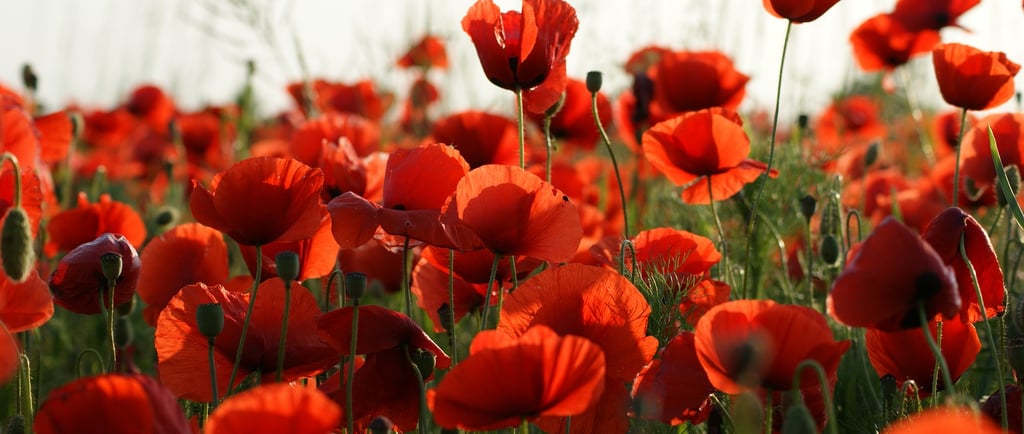🌺 Petals and Paints 🌿 The Secret Color of the Poppy 🎨
A follow-up story from the chapter "Color" in the Art Album. 🌈 Stories About Colors takes children on a vivid journey through history to explore how colors have shaped and connected cultures around the world. 🌍🎨 From the cave art of early humans to the vibrant pigments traded along the Silk Roads for thousands of years 🌊, each color holds its own story of discovery, symbolism, and meaning. Children will uncover how natural elements like minerals, plants 🌿, and even animals 🐦 contributed to the palettes of early artists, linking art with the environment. This exploration invites children to see colors not only as materials on their art shelves 🎨 but as a bridge to the world around them and the history of human creativity. They’ll be inspired to ask, “Where did this color come from?” and “How was it discovered?” — sparking curiosity about the hidden stories within each hue they encounter.
ART STORIES
1/17/20252 min read


Have you ever seen a field of red poppies, their petals glowing like tiny flames in the grass? 🌺🔥 Their color is so vivid it almost feels like the flowers are glowing! These flowers held secrets—hidden deep in their petals was a vibrant red pigment that could be turned into dye for painting, decorating, and even making clothes more colorful! 🎨🌿✨
But how did people figure this out? Let’s imagine… maybe one day, someone noticed the petals left red smudges on their fingers after picking poppies. 🌸🤔 “What if we can use this color for something more?” they thought. And so, they started experimenting.
First, they gently collected the soft poppy petals, almost like gathering tiny bits of sunlight. ☀️🌿 Then, they crushed the petals into a squishy paste (kind of like mashing berries for jam—squish, squish!). 🍓✨ They mixed the paste with water and let it sit in the sun. Can you guess what happened next? The water turned into a rich, glowing red dye! It was like the flower’s color had come alive, ready to be used. 🎨 This color was named Scarlet Poppy Red, a color born from one of the world’s most beautiful flowers. Imagine a field of poppies—it’s like nature’s red crayon box!
The word poppy comes from the Old English popæg and the Latin papaver, meaning “milk” or “milky sap,” because of the white sap that oozes from the stem. And what about the word scarlet? That’s just as magical! It comes from the Old French escarlate and the Latin scarlatum, which meant “bright red cloth.”Isn’t that fascinating? 🌺✨ This simple flower, with its milky secret, gave the world one of its most vibrant colors!
🌿💤Thousands of years ago, people thought poppies symbolized sleep and dreams, probably because their seed pods could make you feel very sleepy (a little too sleepy, in fact!). In ancient Greece, poppies were associated with Hypnos, the god of sleep, and Morpheus, the god of dreams. Romans believed poppies were gifts from Ceres, the goddess of agriculture, who used them to help people recover after hard work in the fields. She scattered poppies to bring rest and energy to tired farmers. Later after World War I, bright red poppies began growing in the battlefields , where thousands of soldiers had fallen. People saw the poppies as symbols of resilience and remembrance, honoring the lives lost. 💖
Creating this red dye wasn’t easy, though. It took so many petals to make just a tiny bit of color! People tried mixing the petals with salt water or boiling them with a little vinegar to make the red last longer. Sometimes the colors turned lighter or darker depending on the recipe—like being a flower scientist experimenting in a petal lab! 🌸🧪
Now imagine using this magical red to paint a picture, dye a scarf, or decorate something special. Doesn’t that feel like you’re holding a piece of nature’s secret magic? Even today, poppies inspire artists, reminding us of the beauty and colors hiding in the world around us.
💭 I Wonder… 💭
What other flowers might hold hidden colors, just like the poppy? 🌼🌈 Could dandelions give us yellow? Or maybe lavender could make a soft purple? What if you could invent your own flower color?
With Montessori joy,
Vanina 😊

